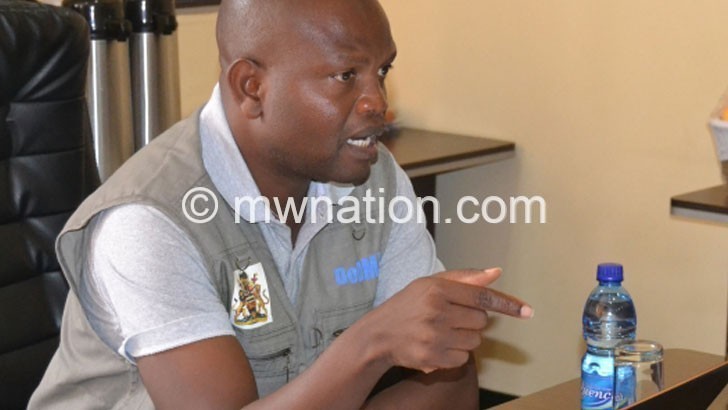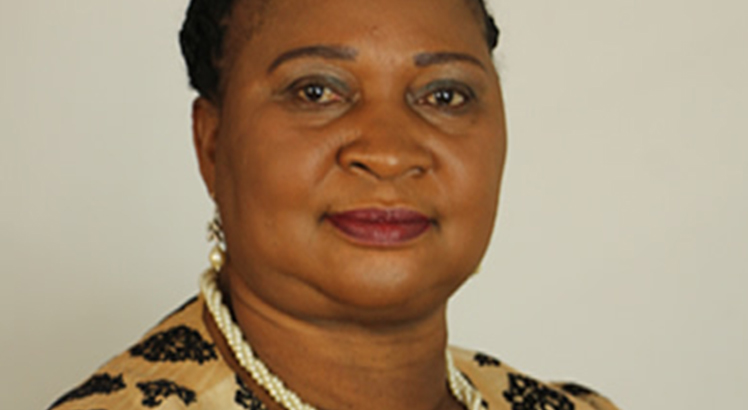Food relief response faces K31bn deficit
The Famine Early Warning Systems Network (Fewsnet) has raised an alarm on Malawi’s humanitarian food assistance programme, revealing that only 18 percent or less than a quarter of the required K38 billion has been secured.
Fewsnet has also observed that low availability and high prices of maize continue to restrict household food access, leading to an increasing number of households running out of own produced food.
But the Department of Disaster Management Affairs (Dodma), while admitting that the food response deficit remains huge, said the gap keeps narrowing due to several on-going interventions by government and cooperating partners towards humanitarian food programme.

The Fewsnet revelations are contained in its latest report dated November 2019. The network provides early warning and evidence-based analysis on food insecurity in some 28 countries, including Malawi.
An estimated 1 062 674 people are facing acute food gaps and require food assistance from October to March lean season, the period when food is most scarce, according to the Integrated Food Security Phase Classification (IPC) process conducted earlier by the Malawi Vulnerability Assessment Committee (Mvac).
The figure represents seven percent of the entire population.
Fewsnet said government managed to source about K6.9 billion by November 12 2019 towards humanitarian food assistance, leaving a shortfall of K30.9 billion.
During the launch of the 2019/20 Lean Season Food Insecurity Response Plan and the National Disaster Recovery Framework in Machinga on October 20, Vice-President Everton Chimulirenji said government needs about K38 billon to buy food and other items.
Fewsnet said populations in the Southern Region affected by flooding are currently experiencing crisis phase or acute food insecurity outcomes while most areas in the Northern and Central regions remain in minimal phase.
Quoting its rapid market assessment conducted in early November, Fewsnet says informal exports of maize grain to Tanzania and below-average production in neighbouring Mozambique and Zambia are contributing to below-average supply of maize in Malawi and high competition among grain traders.
Further, it says on November 9 2019, the Malawi Energy Regulatory Authority (Mera) announced 5.72 and 7.14 percent increases in diesel and petrol pump prices respectively, a development that is expected to lead to increased transport costs for traders and subsequent upward pressure on maize prices.
On prices, the network says in October 2019, maize grain prices continued to increase—by between eight and 21 percent compared to September—in some observed markets, but remained stable at typically high levels in others.
“On average, maize prices increased by 10 percent between September and October, with prices ranging from K217 to K299 per kilogramme across selected key markets. These prices were between 55 and 122 percent higher than prices observed at the same time last year, and between 53 and 108 percent higher than the five-year average,” it says.
Reacting specifically to the Fewsnet observation on the food response deficit, Commissioner for Dodma Wilson Moleni yesterday confirmed about the food response deficit facing their programme, but said Dodma expects the gap to narrow as days go by.
He said he banked hopes on ongoing interventions as well as pledges by both government and other development partners.
Despite the K31 billion food response gap, he said government has continued to pledge resources and cited a once-off maize distribution exercise of nearly 11 000 metric tons (MT) to all districts across Malawi.
In a separate interview yesterday, Ministry of Finance, Economic Planning and Development spokesperson Davis Sado said Treasury had allocated some resources in the 2019/20 National Budget which he said are currently being disbursed to facilitate the purchase of maize.
Sado said: “Treasury, on its part, has already factored in resources in the budget of about K10 billion towards humanitarian food response.
“But we channelled the resources through the line ministry of Agriculture [Irrigation and Water Development] which responds through National Food Reserve Agency [NFRA] or Agricultural Development and Marketing Corporation [Admarc].”
Yesterday, Machinga East legislator Esther Jolobala called The Nation alerting that only three traditional authorities (T/As) out of 18 in Machinga have been earmarked for maize relief distribution.
The legislator, who said she attended a district stakeholders’ meeting held at Paramount Chief Kawinga’s headquarters, alleged that Mvac officials only assessed three T/As in the district; hence, the underestimation of food insecure people in the district.
Two weeks ago, members of Parliamentary Committee on Agriculture also accused Mvac of producing maize reports that do not match with the reality on the ground.
But Mvac division head Sophie Kang’oma, who is also monitoring and evaluation (M&E) division director in the Ministry of Finance, Economic Planning and Development, said Mvac uses both primary and secondary data on maize price projections and also crop production estimates from the Ministry of Agriculture, Irrigation 0She said the methodology is in line with crop production pattern from the ministry.
During the 2019 Mvac food security assessment, data collection was done in May and the analysis was done in June 2019, using both primary and secondary data.





